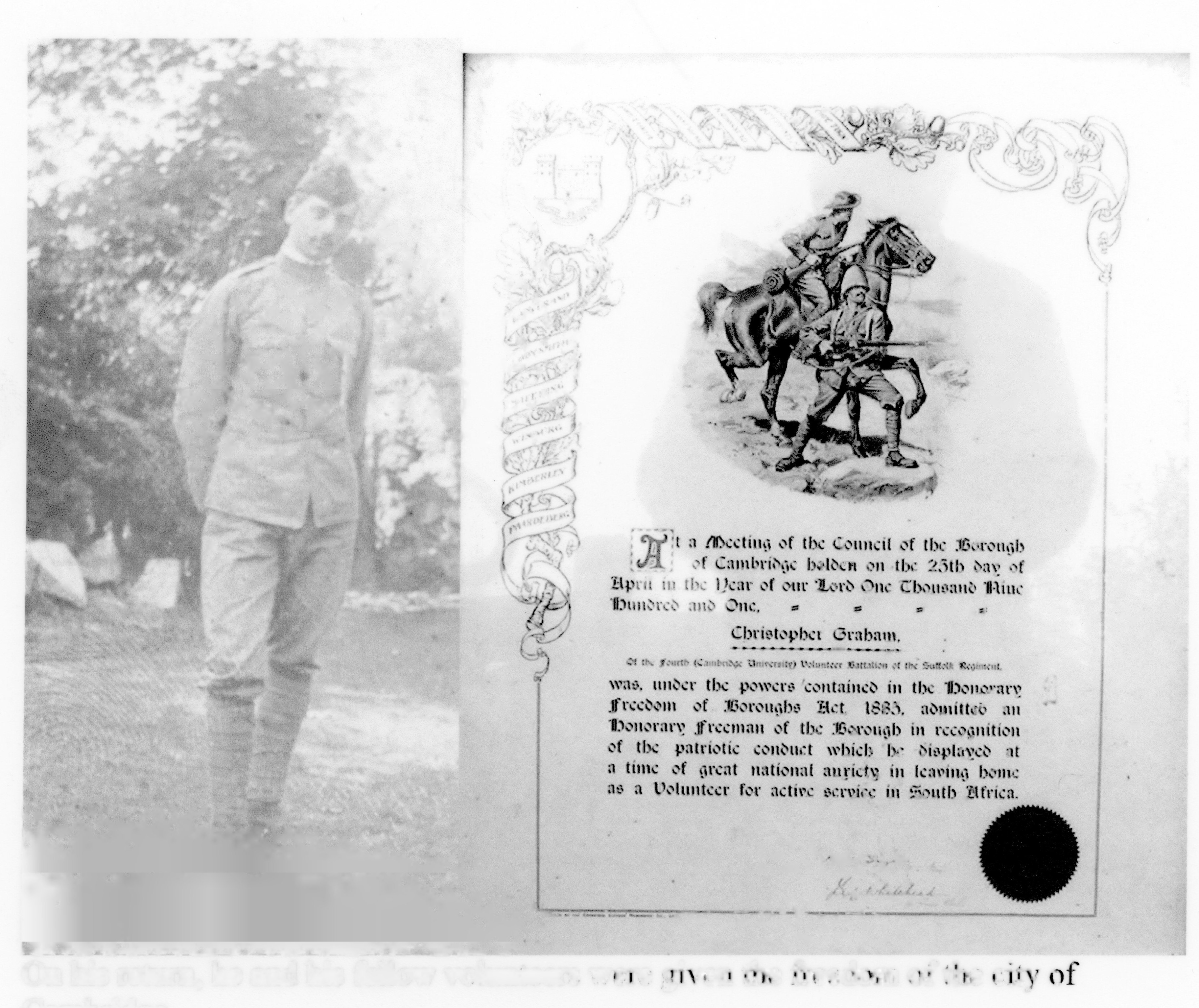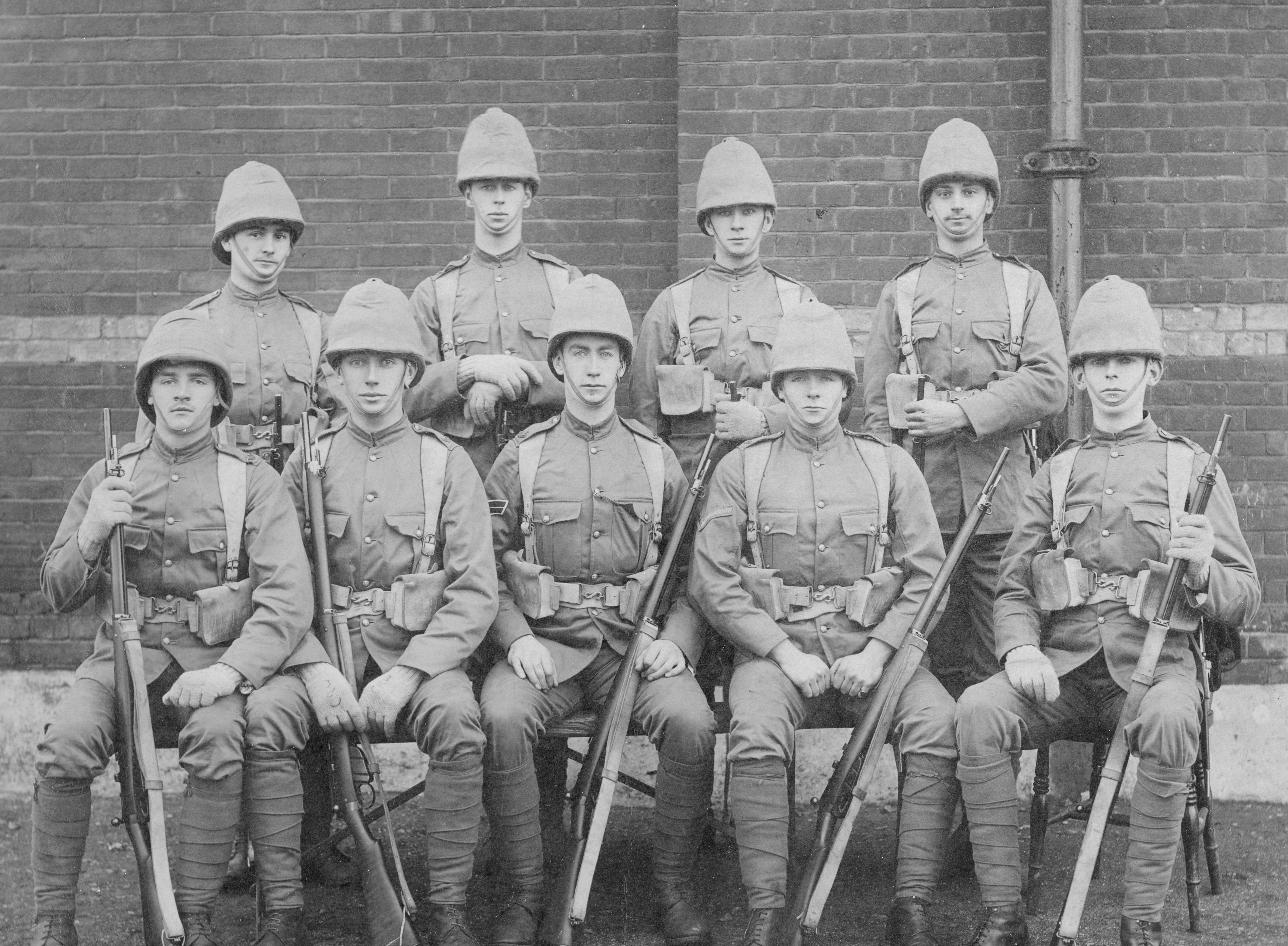| Role | Name | Posted from | Until |
|---|---|---|---|
| Operator | Second Subaltern Mary Alexander (Miss) | 1942 | 20 Jul 1944 |
| Operator | Second Subaltern Priscilla Mary Badgerow (Miss) | 15 Apr 1942 | Unknown |
| Operator | Second Subaltern Brown (Miss) | Unknown | Oct 1943 |
| Operator | Second Subaltern Airlie Abinda Campbell (Miss) | Nov 1942 | Mid 1943 |
| Operator | Second Subaltern Gertrude Russell Graham (Miss) | Unknown | 29 May 1944 |
| Operator | Second Subaltern Ann Lettice Valborg Gunter (Miss) | Unknown | Unknown |
| Operator | Second Subaltern Kathleen Marie Hills (Mrs) | 1944 | 20 Jul 1944 |
| Operator | Second Subaltern Wendy Monica Pax Kaines (Miss) | 1944 | 1944 |
| Operator | Second Subaltern Margaret Relph (Miss) | Unknown | 1943 |
| Operator | Second Subaltern Sybil Hazel Richardson (Miss) | 1943 | 1943 |
The Golding Zero station dugout was built on the edge of woods above Hestercombe House, Cheddon Fitzpaine, near Taunton, the house and gardens being open to the public.
The chamber (or chambers) appears to have been filled in and is inaccessible. According to Mr Robert Mead, (who farmed the land and recorded the site for the Defence of Britain database) by 1995 the chamber was filled in and the entrance shaft (2 by 2 feet square) was covered by a slab. He also recalled an aerial cable running up a nearby tree. The ventilation pipes which are visible on the surface (discovered to date) seem to point in towards the central area. A single (to date) ventilation pipe appears to point in a different direction which may indicate a second chamber but may simply be due to ground movement. A buried lintel is located where the land starts to drop away so this could be the top of some form of escape tunnel.
The wooden "Met" hut was known to have had a fenced enclosure around it so we assume the photos taken of the ATS women were taken in this area with the fence behind them. According to Mr Robert Mead, who's family farmed the land, and owned Volis Farm, it was a wooden hut sited on a concrete platform. He recalled that the two sites were linked by an underground cable that ran along the north side of a stone wall. When he recorded the site in 1995 he described the concrete platform as 33 by 13 feet and 1 foot high, to the south of a high stone bank. The bank can be seen behind Mary Alexander. The Met Hut and the rectangular enclosure can be seen in the RAF aerial photograph, taken post war, in the corner of the field between the field boundary bank and the road.
The Cheddon Fitzpaine Rector, Reverend Christopher Graham OBE, ME, RN (retired), who's daughter Gertrude Graham (2nd Subaltern ATS) was a Special Duties operator elsewhere, is recorded as a contact for "Golding". It appears the family often entertained the ATS officers.
Mary Alexander and Priscilla Badgerow both visited the Intelligence Officer Douglas Ingrams family home, “Selah", signing the visitor book. Next to one entry in 1943 Ingrams noted "ATS Signals officer, Special Duties Auxiliary Units GHQ Home Forces. Working with my unit at Golding".
Beatrice Temple (ATS) kept a wartime diary and the first mention of Taunton is on 29th June 1942 where she records a trip to Taunton in her new car. After an overnight stay she checks in with IO Captain Coxwell-Rogers and 'MM' being John Monck Mason. She visits the Hut and chooses a billet.
The next visit on 12th Aug 1942 she visited the site and a farm as a possible billet "only possible if an Orderly is provided". Meeting Captain B. H. Tracey and 'Mr' Lloyd. This sounds like it was quickly organised as by the 15th Aug 1942 she returned to Taunton "re: orderly to be attached" and after lunch with Coxwell-Rogers she went "up to Brown". [The diary of Alf Ellis (Royal Signals) records that Alf took a 'J' (code name) Brown to Taunton for tests in July 1942 so this could imply she was going to see him]. This obviously did not run that smoothly however as only the following day she records "everything going wrong in Taunton".
By Aug 20th 1942 "Captain Buckle (Station Area Quartering Commandant) and assistant inspected whole accommodation – passed stable for rest room and mess but not for sleeping. Alma [Hildyard] returned in 3-ton lorry with masses of furniture – curtains etc – distributed to rooms". The billet chosen was Volis Farm. This is a five minute walk down Volis Hill to the Met Hut which is a two minute walk across a field to the dugout.
Nov 13th 1942 "Priscilla and Airlie at Hut, Mary on leave". On Jan 3rd 1943 Temple records she "Went to Taunton (Captain Coxwell-Rogers) – supper with Captain Fenwick and Captain Strangman". Captain Ian Fenwick was the Somerset Operational Branch Intelligence Officer. This meeting proves, in Somerset at least, that the Operational Branch IO and Special Duties Branch IO had knowledge of each other.
March 18 1943 "Left car at Shrivenham – picked up by Price – on to Taunton. All 3 at hut. With Hazel to tea with the
Grahams [Cheddon Rector] so did Captain Coxwell-Rogers – Colonel to dinner. Over night hotel. Coxwell Rogers to dinner".
Sept 2 1943 "Left 3:30 for Taunton. Visited ATS Coy about Ralph – night to the Grahams only Priscilla of the three there. Called on Barrack Office and won from him 3 biscuits, knife, spoon and fork and a P???".
Nov 21 1943 "Major Forbes called and drove BT [Temple] to Taunton through fog and rain. Lunched with the Fingland’s (he goes to Norfolk on Thursday 25th) then visited AB in zero hut for an exercise". This is the first time she calls it a ZERO station and the first mention of two sites
Jan 30th 1944 “To Taunton….Met new IO Captain Ingrams – very ineffectual".
Airlie Campbell took a few photographs during her time at "Golding" they show the wooden Met Hut and their time at Hestercombe.
Cheddon Fitzpaine Instation
Arthur Gabbitas
Alf Ellis
Beatrice Temple’s diary
Defence of Britain database recorded by R W Mead
James Campbell Gascoyne
“Churchill’s most secret Special Duties Branch” by Evelyn Simak and Adrian Pye
“Chirnside 1” by Hugh May, A. Blackmore, D.Hunt and T.Walford
Chris Perry
Information supplied to CART by Donald Brown author of “Somerset V Hitler"
Somerset Heritage Centre

